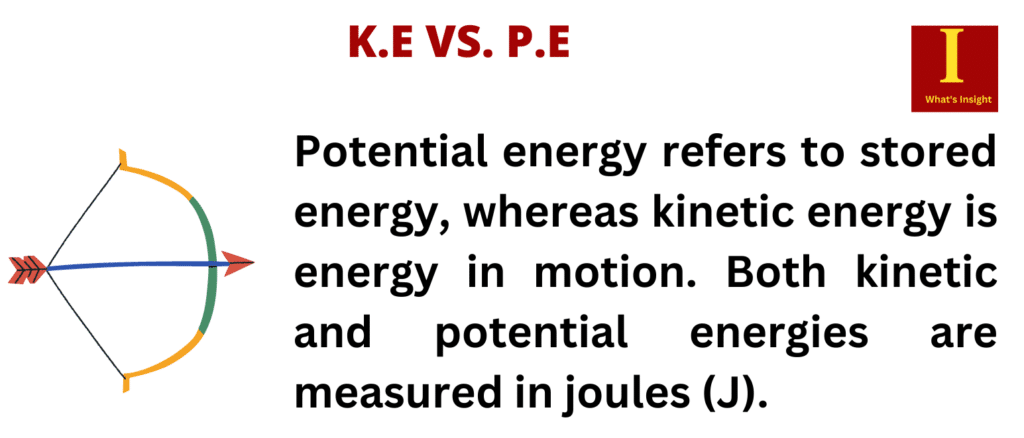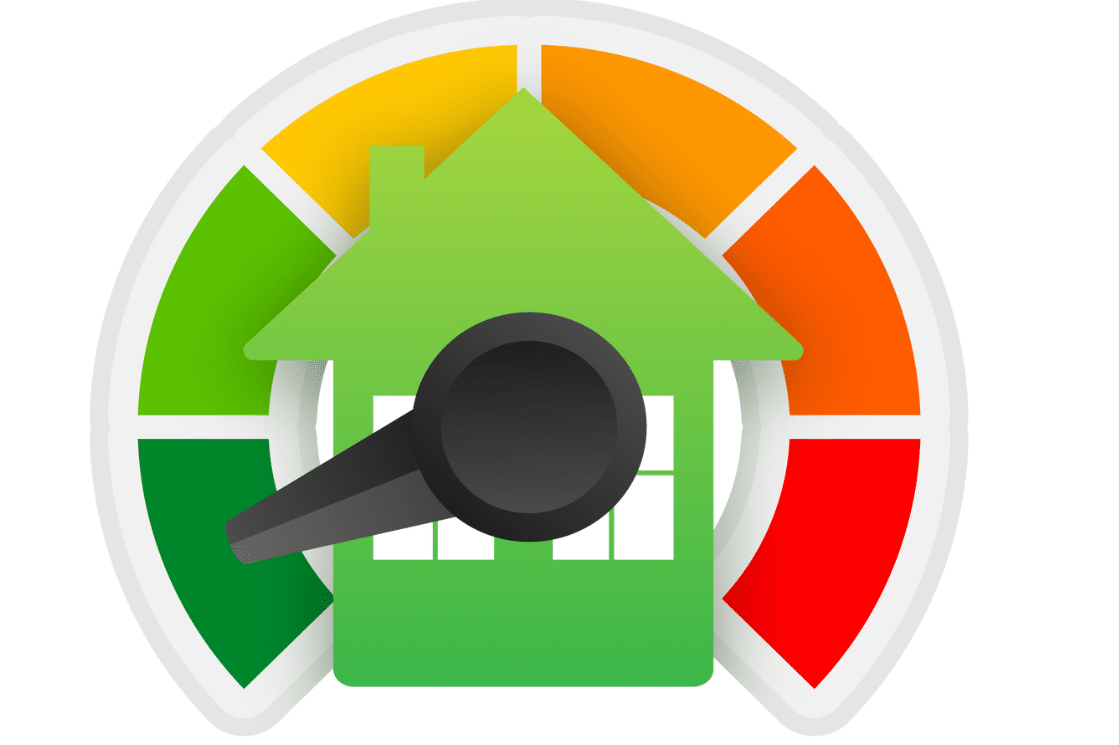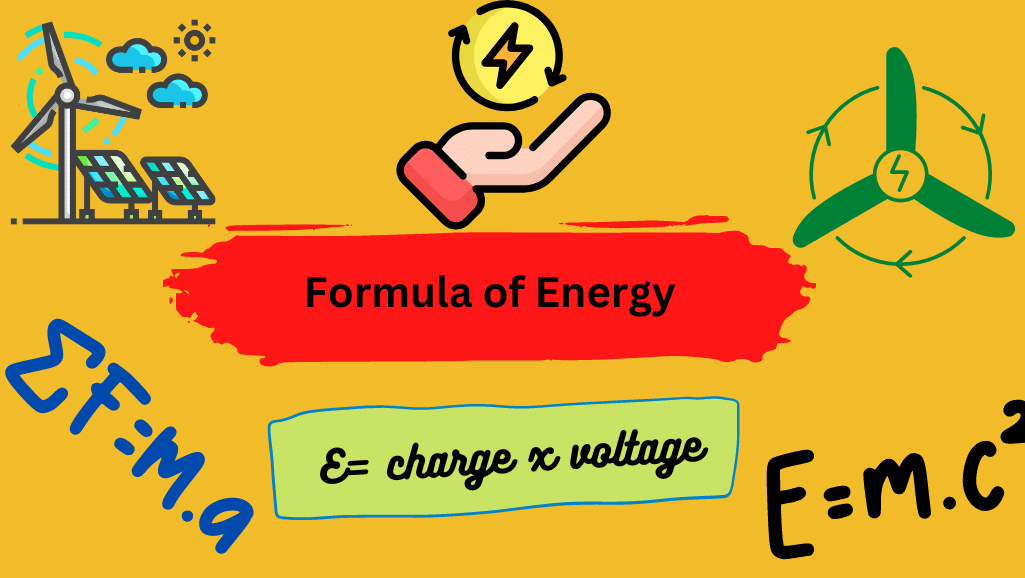Potential and kinetic energy are the two types of energy. Potential energy refers to stored energy, whereas kinetic energy is energy in motion. Both kinetic and potential energies are measured in joules (J).

Potential energy is defined as the energy stored by a body as a result of its position in relation to others, internal stresses, electric charge, and other factors. For instance, When you are at the top of a hill, you have more potential energy than when you are at the bottom. This is due to the fact that your position in relation to the Earth’s centre of gravity can exert potential energy on you, causing you to move closer to that centre.
Kinetic energy is defined as the energy that a body possesses as a result of its motion. Kinetic energy is used when you walk down the stairs, when water boils, and when the planets orbit the sun.
Table of Contents
Difference between Kinetic Energy and Potential Energy
| Kinetic Energy | Potential Energy | |
| Definition | Kinetic energy is directly proportional to the mass of the object and to the square of its velocity. | Potential energy is when an object stores energy as a result of its position, allowing it to do more work. A stretched rubber band, for example, is loaded with potential energy. |
| SI Unit | joules | joules |
| Formula | K.E. = 1/2 m v2, where m is the mass in kilograms and is the velocity in m/sec2. | P.E. = mgh, where m is the mass in kilograms, g is the acceleration due to gravity (9.8 m/sec2) at the surface of the earth) and h is the height in meters. |
| Determining factors | Kinetic energy is directly proportional to the mass of the object and to the square of its velocity. | the potential energy of an object is directly proportional to its height above the zero position. |
| Examples | a person walking wind Mills cycling | A rock sitting on the edge of a cliff A yoyo before it is released Moving pendulum |
Kinetic energy vs. Potential energy- Real-Life Examples
| # | Kinetic Energy | Potential Energy |
| 1 | A moving car on a highway | A stretched rubber band |
| 2 | A spinning top | A ball held above the ground |
| 3 | A thrown baseball | The water behind a dam |
| 4 | A person running | A compressed spring in a toy |
| 5 | A waterfall | A battery storing electrical energy |
| 6 | Wind turbines generate electricity from wind energy | A person at the top of a hill |
| 7 | A rollercoaster ride | A book placed on a shelf |
| 8 | A bouncing basketball | A diver on a diving board |
| 9 | A satellite orbiting the earth | Compressed gas in a cylinder |
| 10 | Sound waves travelling through the air | A pendulum at its highest point |
Frequently Asked Questions
- What is the difference between kinetic energy and potential energy?
Kinetic energy is the energy an object possesses due to its motion, while potential energy is the energy an object possesses due to its position or configuration.
- Which type of energy is stored in a stretched rubber band?
A stretched rubber band stores potential energy, which can be released as kinetic energy when the band is allowed to snap back to its original shape.
- Which type of energy is responsible for the motion of a car?
The motion of a car is the result of its kinetic energy, which comes from the movement of the car’s parts and the fuel that powers it.
- Which type of energy is associated with an object at rest?
An object at rest has potential energy, which is the energy that is stored in the object’s position or configuration.
- Which type of energy is associated with an object that is moving?
An object that is moving has kinetic energy, which is the energy that is associated with the object’s motion.
- Which type of energy is associated with an object that is raised to a height above the ground?
An object that is raised to a height above the ground has potential energy, which is the energy that is stored in the object’s position or configuration.
- Which type of energy is associated with a roller coaster at the top of a hill?
A roller coaster at the top of a hill has potential energy, which is the energy that is stored in the roller coaster’s position or configuration.
- Which type of energy is associated with a ball thrown into the air?
A ball thrown into the air has both kinetic energy and potential energy. The kinetic energy comes from the ball’s motion as it is thrown, while the potential energy comes from the ball’s position above the ground.
More Links
- BCl3 Lewis Structure in four simple steps - November 1, 2023
- PH3 Lewis Structure in four simple steps - October 8, 2023
- PF3 Lewis structure in four simple steps - September 24, 2023



